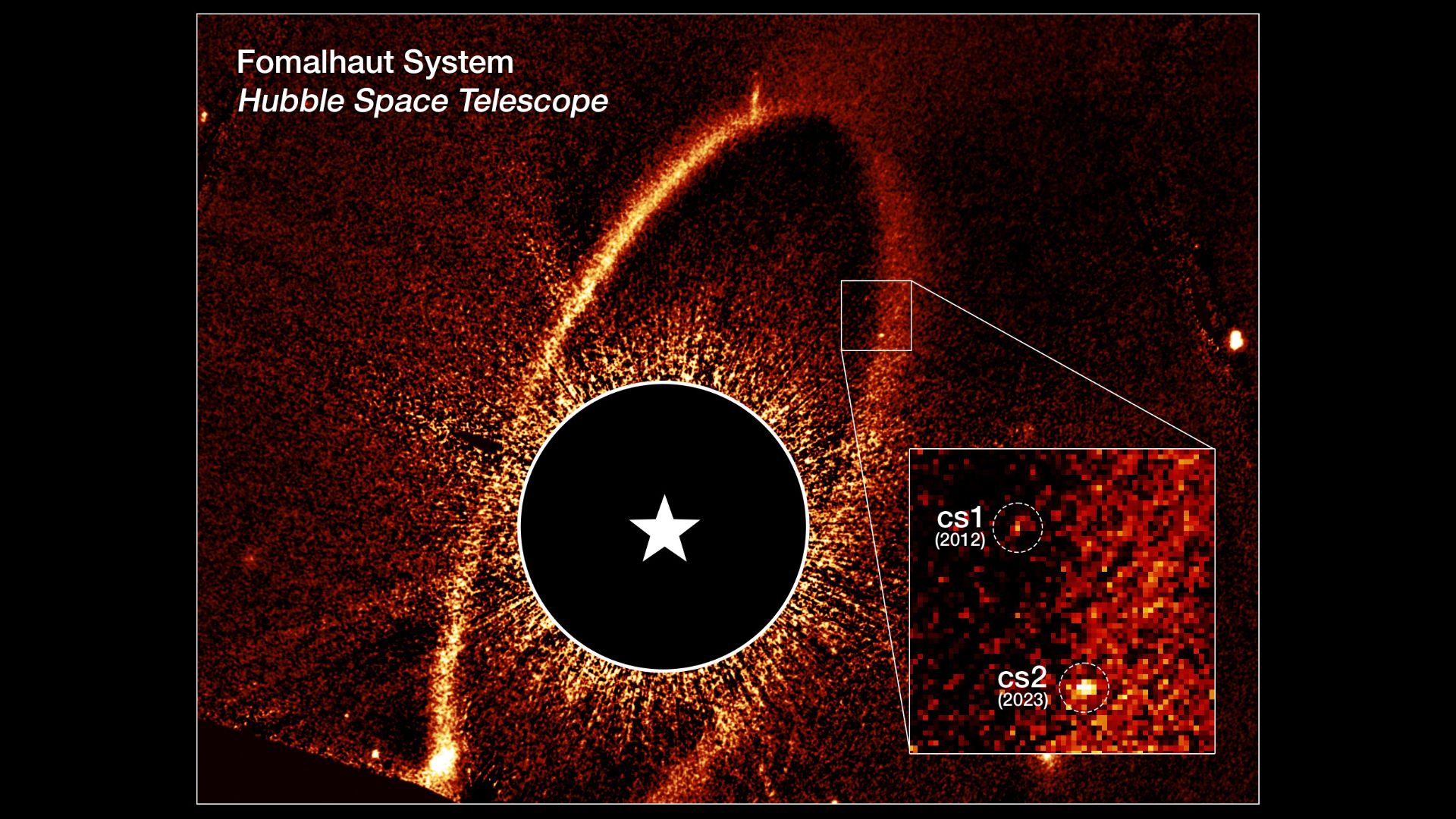Noah's Ark Re-Rediscovered

A Chinese Christian filmmaker claims to have found the final resting place of Noah's Ark on Turkey's Mount Ararat.
Yeung Wing-Cheung says he and a team from Noah's Ark Ministries found the remains of the Ark at an elevation of about 12,000 feet (3,658 meters). They filmed inside the structure and took wood samples that were later analyzed in Iran. He claims the wood was carbon-dated to around the reputed time of Noah's flood, which would be remarkable since organic material should have long since disintegrated in the last 5,000 years.
Yeung said that he is "99 percent certain that it is Noah's Ark based on historical accounts, including the Bible and local beliefs of the people in the area, as well as carbon dating."
While news of the find is making headlines around the world, there's one part of the story that Yeung is conspicuously silent about: He is only the latest in a long line of people who claim to have found Noah's Ark. In fact, there have been at least half a dozen others — all of them funded by Christian organizations — who have claimed final, definitive proof of Noah's Ark. So far none of the claims have proven true.
Noah's Ark is routinely re-discovered, because there are many who fervently want it to be found. Biblical literalists — those who believe that proof of the Bible's events remains to be found — have spent their lives and fortunes trying to scientifically validate their religious beliefs.
There are several reasons why the new claims should be treated with skepticism. For example, Yeung refuses to disclose the location of the find and is instead keeping it a secret. This of course is inherently unscientific; for the claims to be proven, the evidence must be presented to other scientists for peer-review. Nor has the alleged 5,000-year-old wood been made available for independent testing.
Searching for the Ark
Get the world’s most fascinating discoveries delivered straight to your inbox.
There is a long and rich history of Ark finds. Nearly 40 years ago, Violet M. Cummings, author of "Noah's Ark: Fable or Fact?" (Creation-Science Research Center, 1973) claimed — without evidence — that Noah's Ark had been found on Mount Ararat. According to the 1976 book and film "In Search of Noah's Ark," (Scholastic Book Services) "there is now actual photographic evidence that Noah's Ark really does exist.... Scientists have used satellites, computers, and powerful cameras to pinpoint the Ark's exact location on Mt. Ararat." Yet again, no real evidence was offered.
As for why Mt. Ararat, that goes back to Genesis 8:4, which states "...and on the seventeenth day of the seventh month the ark came to rest on the mountains of Ararat."
In February 1993 CBS aired a two-hour primetime special titled, "The Incredible Discovery of Noah's Ark." It included the riveting testimony of a George Jammal, who claimed not only to have personally seen the Ark on Ararat but recovered a piece of it. Unfortunately for believers, it was all a hoax. Jammal was later revealed as a paid actor who had never even been to Turkey and whose piece of the Ark was not an unknown ancient timber but instead modern pine soaked in soy sauce.
In March 2006, a team of researchers found a rock formation on Mount Ararat that might resemble a huge ark, nearly covered in glacial ice. Little came of that claim. But a few months later, in June, a team of archaeologists from the Bible Archaeology Search and Exploration (BASE) Institute, a Christian organization, found yet another rock formation that might be Noah's Ark. This time the Ark was "found" not on Ararat but at 13,000 feet (3,962 meters) in the Elburz Mountains of Iran.
"I can't imagine what it could be if it is not the Ark," said team member Arch Bonnema. They brought back pieces of stone they claim may be petrified wood beams, as well as video footage of the rocky cliffs. Once again the evidence didn't match the hype.
Now Yeung is presenting the world with yet more photographs and videotapes; the cycle begins anew. Yeung's claims may be true, but he will have to offer science, not speculation and secrecy, if he wants the world to believe him.
- Top 10 Unexplained Phenomena
- Gallery: The Seven Ancient Wonders of the World
- History's Most Overlooked Mysteries
Benjamin Radford is managing editor of the Skeptical Inquirer science magazine. His new book Scientific Paranormal Investigation will be published in June; this and his other books and projects can be found on his website. His Bad Science column appears regularly on LiveScience.



